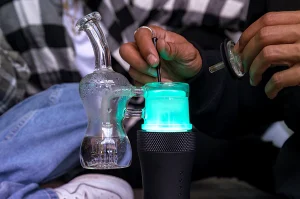
The orthopedist treats:
The bone fractures . There are many types of bone fractures: compound and displaced fractures, stable and unstable fractures, simple and multi-fragmentary fractures, open and closed fractures, stress fractures and microfractures.
The injuries to the joints . They include sprains and dislocations , and are characterized by damage to the joint capsule , ligaments, articular cartilages and / or bone components involved in the affected joint.
Generally, the distortion phenomena concern the knee joint ( knee sprain ) and the ankle ( ankle sprain ), while the dislocation phenomena mainly affect the shoulder joint ( shoulder dislocation ), hip and elbow orthopaedic specialist singapore.
The bursitis . “Bursitis” is the medical term that describes the inflammation of a synovial bursa; synovial bursae are small sacs filled with a viscous fluid, called synovial fluid , which are found in strategic points of the human body (eg: between muscle and muscle or between a tendon and a bone) and act as anti-friction pads.
The tendinopathy . With the word ” tendinopathy “, medicine means all injuries and diseases that affect one or more tendons.
The list of tendinopathies includes: tendonitis , tendinosis , enthesopathy , stenosing tenosynovitis and episodes of tendon laceration.
The muscle injuries . From the least severe to the most severe, they include contracture (simple increase in muscle tone), stretching (alteration of muscle tone, but without damage to the fibers) and tearing (injury to a group of muscle fibers ).
The spinal deformity . Important examples of spinal deformities are scoliosis , hyperkyphosis and hyperlordosis.
The limb deformities . Among the deformities of the limbs, include conditions attributable to the phenomenon valgus (eg: hallux valgus , valgus knee , coxa valga and cubitus valgus) and varus (eg: hallux varus, varus knee , coxa vara and cubitus varus), and other types of conditions, such as flat foot or leg length discrepancy (different length between one lower limb and another).
The syndromes nerve compression . These are the conditions characterized by the crushing of a peripheral nerve by a neighboring element of the musculoskeletal system. Known examples of nerve compression syndrome are: carpal tunnel ( wrist ) syndrome, cubital tunnel (elbow) syndrome, tarsal tunnel (ankle) syndrome, and piriformis syndrome .
The disk disease , or disease of the intervertebral discs . Examples of disc disease are the known herniated disc , bulging disc and degenerative disc disease .






